Do you have a question about the Yamaha Clavinova CVP-401 and is the answer not in the manual?
Explains safety symbols and cautions regarding product markings and usage.
Covers safety testing, authorized modifications, and warranty considerations for Yamaha products.
Lists critical safety precautions to avoid electrical shock, fire, and other hazards.
Lists precautions to avoid physical injury or damage to the instrument or property.
Identifies and describes the function of each panel button and control on the instrument.
Covers basic setup, connecting power, opening cover, and turning the instrument on/off.
Guides on how to record your own performances and save them for practice.
Explains how to assign voices to Right 1, Right 2, and Left parts for ensemble sounds.
Provides basic information on playing back preset songs and songs from CD-ROMs.
Details the convenient method for quickly recording performances and saving them.
Outlines Quick Recording, Multi track Recording, and Step Recording methods.
Explains how to search Music Finder records by song title, genre, or keyword.
Explains the primary screen showing current instrument settings at a glance.
Lists the types of data that can be copied or saved to a USB storage device for backup.
Describes the defining characteristics of various Preset Voices.
Explains how to save panel settings to Registration Memory buttons.
Explains how to record music data like melodies and chords step-by-step.
Covers general methods for editing recorded songs, including Punch In/Out.
Guides on creating and editing Vocal Harmony types and detailed parameters.
Provides connection examples for accessing the internet via modem or router.
Explains how to assign functions to pedals, including piano pedals and AUX pedals.
Covers connecting computers, USB devices, and accessing the internet.
Explains connecting USB storage devices for saving and reading data.
Provides a basic explanation of MIDI data transfer for musical instruments.
Provides solutions for common problems like power issues, sound, display, and pedal errors.
| Number of Keys | 88 |
|---|---|
| Polyphony | 128 |
| Effects | Reverb, Chorus, DSP, Master EQ |
| Recorder | 16-track |
| Internal Memory | 1.4 MB |
| Amplifiers | 20W x 2 |
| Speakers | 16 cm x 2 |
| Sound Source | AWM Dynamic Stereo Sampling |
| Keyboard | Graded Hammer 3 (GH3) Keyboard |
| Display | 320 x 240 LCD |
| Connectivity | USB, MIDI, Headphone, Audio In/Out |
| External Drives | USB Flash Memory |
| Touch Sensitivity | Hard2/Hard1/Medium/Soft1/Soft2 |
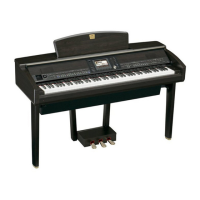



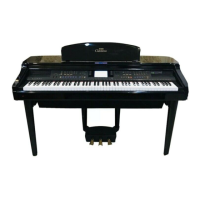
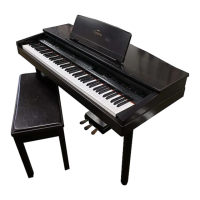

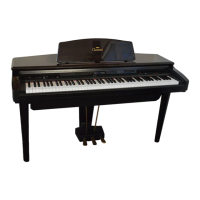
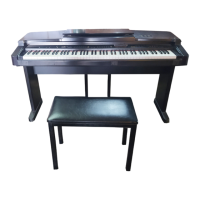


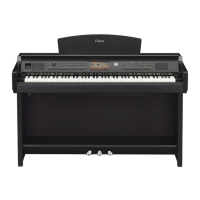
